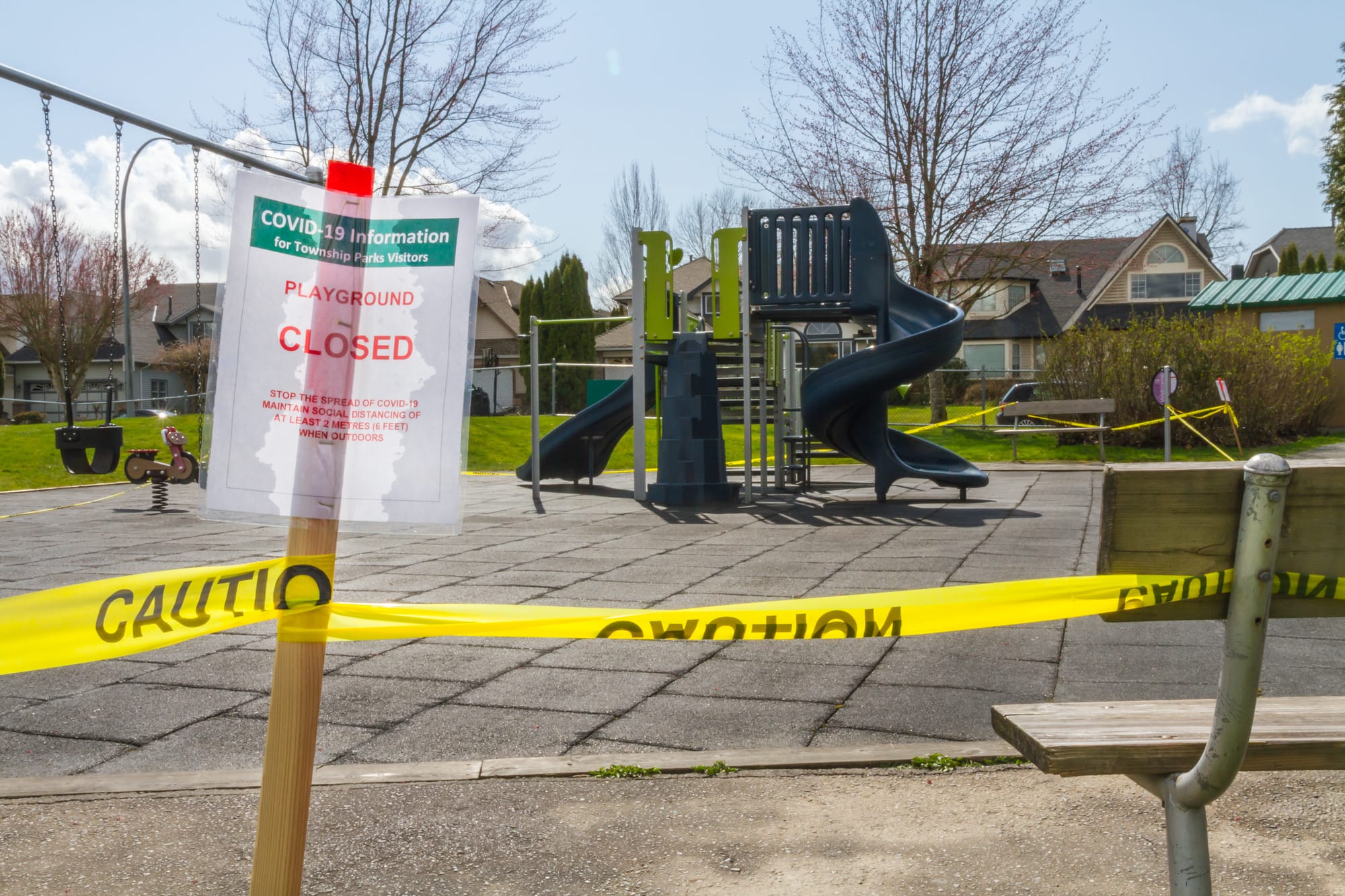UNDERSTANDING THE IMPACT OF CROWDSTRIKE OUTAGES

Crowdstrike, a leader in cloud-delivered endpoint and cloud workload protection, plays a pivotal role in safeguarding IT infrastructures from cyber threats. However, when a service as critical as Crowdstrike (such as the outage on the 19 July) experiences an outage, the repercussions can ripple through the organizations across all industries it is designed to protects, highlighting the vulnerability of relying heavily on single-threaded security measures.
The article below aims to explore the ramifications of Crowdstrike outages and propose robust solutions to mitigate these risks.
Identifying the Problem: The Impact of Crowdstrike Outages
When Crowdstrike faces an outage, the immediate effect is the disablement of its protective services, including real-time threat detection and incident response. The implications of such disturbances are multifold:
- Increased Risk of Cyber Attacks: With the defensive guard down, businesses are temporarily exposed to potential cyber threats, ranging from malware and ransomware to sophisticated phishing attacks.
- Operational Disruption: Many organizations depend on seamless cybersecurity operations to maintain their daily business processes. An outage can lead to disruptions, halting these processes and causing significant operational delays.
- Compliance Issues: Companies in regulated industries may face non-compliance risks if they cannot effectively monitor and protect their data as required by standards and regulations during an outage.
- Reputational Damage: The inability to protect sensitive customer data can tarnish a company’s reputation and trustworthiness, potentially leading to loss of business and customer attrition.
- Financial Implications: Each minute of downtime can translate to substantial financial losses, especially for large enterprises and e-commerce businesses where data interactions are continuous and critical.
Given these consequences, it's clear that an outage not only disrupts the technical security infrastructure but also affects the business on multiple levels.
Exploring the Solutions: Mitigating the Impact of Crowdstrike Outages
The reality of modern technology is that no system is infallible; even the most robust platforms may falter. Hence, preparation is key. To mitigate the impact of potential Crowdstrike outages and ensure continuous cybersecurity, organizations should consider the following strategies:
- Diversification of Security Tools: Relying solely on Crowdstrike for all cybersecurity needs puts a business at risk. Diversifying with additional tools and layers can help provide backup protection during an outage.
- Implementing a Redundant System: Having a failover system can ensure that even if Crowdstrike goes down, another system can take over immediately without any loss in security coverage.
- Regular Data Backups: Regularly backing up data ensures that in the event of an attack during an outage, critical information can be restored and losses minimized.
- Response Planning: Developing a comprehensive incident response plan that includes scenarios such as a Crowdstrike outage can prepare the IT team to act swiftly and effectively.
- Monitoring Systems: Continuous monitoring of security systems can alert teams to failures in cybersecurity measures, potentially before they impact the organization.
By implementing these strategies, companies can enhance their resilience against cybersecurity lapses caused by outages and maintain continuous operational capabilities.
Case Studies: Real-World Examples and Learnings
Examining past incidents where cybersecurity measures failed can provide valuable insights into the potential effect of a Crowdstrike outage and the efficacy of various mitigation strategies.
For instance, a major retail company experienced a significant breach during a short-term outage of their primary cybersecurity provider. The breach exposed customer payment information and resulted in hefty fines due to compliance failures. In response, the company not only restored its initial services but also incorporated additional security measures and redundant systems to safeguard against future incidents.
Another example involves a financial services firm that avoided a cyber attack during a similar outage. They had previously set up an auxiliary system that kicked in when their main security measures failed. This proactive approach allowed them to maintain continuous operations and secure client data seamlessly.
Conclusion: Balancing Dependence on Security Services
The cases mentioned underscore the necessity of having a diversified and multi-layered security strategy. While Crowdstrike provides an exceptional service, its outages, though rare, remind us of the dangers of over-reliance on a single service provider. By adopting comprehensive redundancy and rigorous backup strategies, businesses can protect themselves against the potential fallout from such disruptions, ensuring that cybersecurity remains robust and responsive in the face of challenges. The eventual goal should be to create a security ecosystem that supports continuity, resilience, and reliability, ultimately safeguarding organizational interests in a holistic and dynamic manner.
In the vast terrain of cybersecurity, the key takeaway for businesses is the importance of preparedness and adaptability. As cyber threats evolve, so too should the strategies to combat them. An effective cybersecurity plan is one that anticipates potential failures and provides multiple layers of protection. Organizations that heed these principles will not only mitigate the risks associated with Crowdstrike outages but will stand as paragons of robust security practices in an increasingly volatile digital age.